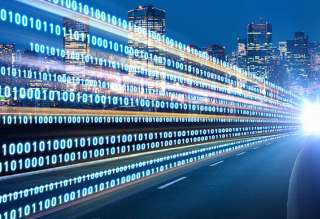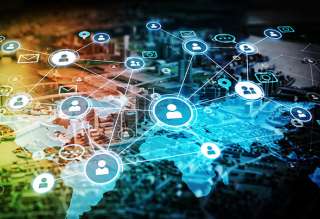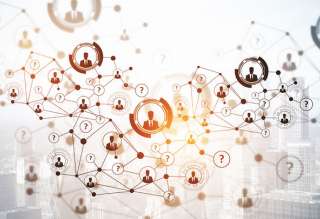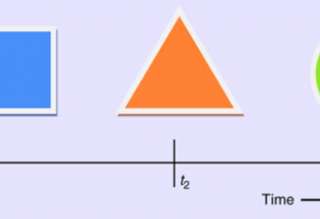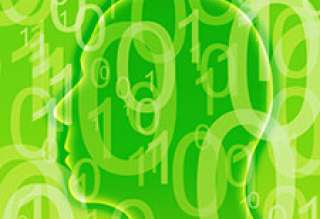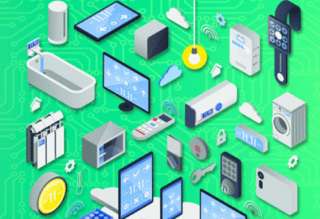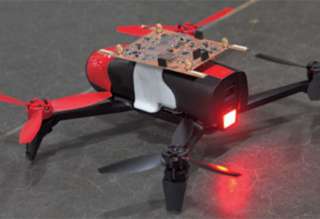Convoluted [Humor]
The authors of [1], which was published in the November 2017 issue of IEEE Signal Processing Magazine, wish to add an acknowledgment to their article. The acknowledgment is as follows: This work was supported by the National Research Foundation of Korea (NRF) grant funded by the Korea government (MSIT) (number 2016R1A2B2014525) and by a grant from the National Science Foundation (IIS-1116656) awarded to Alan C. Bovik.


